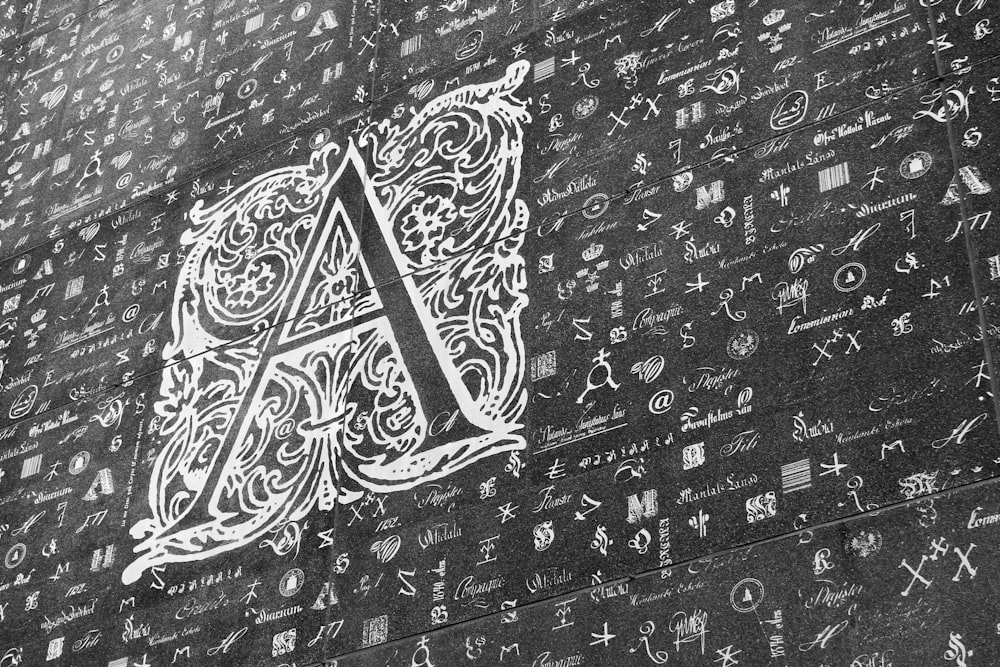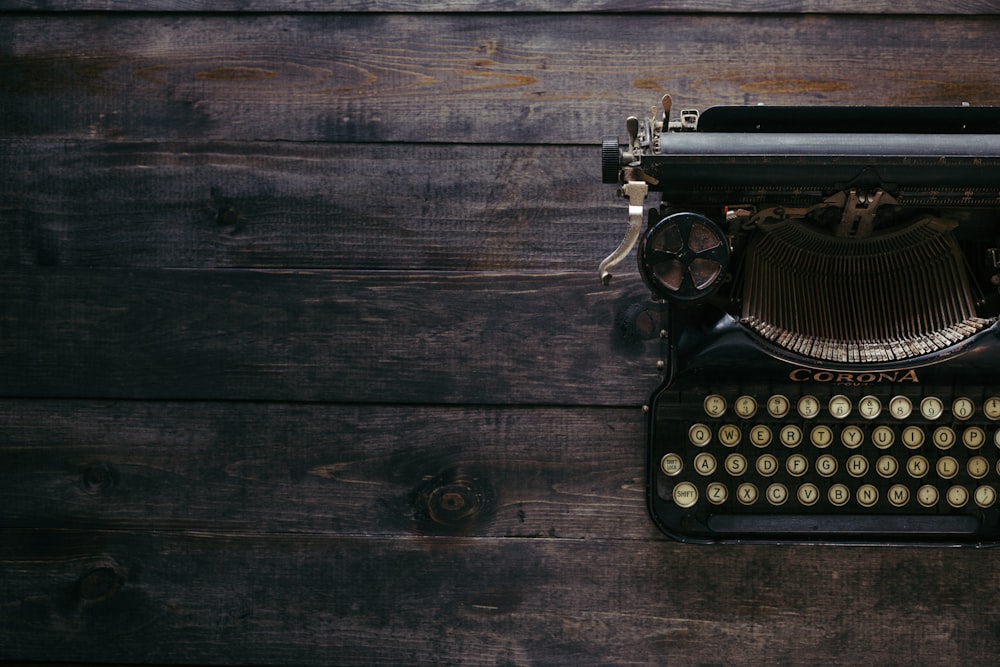Basically, symbolism is a way for a writer to represent or suggest something more than what is being said in a literal sense. They can take many forms in different mediums, but right now, we’ll focus on why authors use symbolism in writing. By using symbols, writers can evoke certain moods or present ideas implicitly. Incorporating symbols in writing can be done in several ways, like an everyday object representing an idea, or using color psychology to suggest a mood.
There are universal symbols in literature, and perhaps a lot of them many people have already known. Such as in shapes, the heart usually indicates love, while stars may mean fame. You could say “ka-ching” or dollar signs to emphasize money. They are considered universal because they can be understood in context or without further explaining what these symbols stand for. But don’t forget that you can still use your own symbols outside of what is traditionally used, which will be tackled later.
Why authors use symbolism
As a writer, you might have asked if symbols in writing are really important. There are actually several reasons why you should use symbolism and the power of universal symbols in literature. Whether you’re an aspiring writer or a professional, here we listed the reasons:
Makes the copy more interesting
Symbolism can add value to your writing, most especially if you’re into creative writing. Through the use of symbols, you can avoid writing a bland or dull piece whether you’re writing a memoir or an essay. It’s like cooking, the meal may be good but an awful presentation might lose the appetite of the diner. The same goes with your copy, whether you have a good point or not won’t matter if your readers are not engaged or invested. Add variety to your writing using symbolism.
Helps emphasize your points
Emphasis is why authors use symbolism. There are instances when in order to bring home your point, you need to use symbols to emphasize and help you make your writing much clearer. If you want to emphasize something to your reader, you can try to paint them a picture using your symbols.
Makes your writing more relatable
There are instances in writing when you have to convey complex themes or abstract ideas. You can try communicating them explicitly, or you can highlight your point through imagery or symbols. This way, you help your readers understand more of what you are trying to say. If they can relate to your writing, there’s a higher chance of them listening to you and reading your copy. You connect to your audience through symbols in writing.
Gives another layer to your writing
If you want to include a deeper message, one that’s not on the surface, symbolism further helps you out with that. For those readers who can pick up on those hidden or subtle meanings, it makes them appreciate your piece more.
In popular culture, take a look at the Disney animated film Encanto: you may not have realized this at first but sight is an important running theme of the movie. The main character wears glasses, and the protagonist’s name “Mirabel” was confirmed to be derived from the Spanish word “Mira” meaning “to look.” These little things are not crucial to the plot but they give much more meaning to the entire story.
Symbols: a useful, creative tool
As mentioned, symbols in writing help your piece be more engaging creatively, and even practically. There is a popular rule of thumb in storytelling to “show, don’t tell.” This mantra guides usually storytellers like screenplay writers and novelists to not spend too much time in exposition. Exposition is important to help you get your readers up to speed regarding the plot of the story, but too much of it can become so jarring.
Rather than “tell,” a writer can “show” what happened or explain the plot or a point by inviting the audience to discover for themselves using symbols. This is why authors use symbolism and take advantage of them, especially in creative writing. As the saying attributed to playwright and author Anton Chekhov goes, “Don’t tell me the moon is shining; show me the glint of light on broken glass.”
It can be quite a challenge to beat around the bush rather than outright saying what you want to say. But actually, it’s a good exercise for writers. Use a trail of breadcrumbs to lead your readers to your house made of candy (sans the witch).
Universal symbols in literature
The ancient and modern history of humans is full of symbolism, from religions to day-to-day lives. Literature-wise, there’s also a minefield of them. From the moment that humans started carving figures on cave walls until it all evolved to become the letters and numbers we know of, we are the only species to fully utilize the power of symbolism and relay that information to other members of the species.
Take, for instance, religions, which highly value symbols in crafting remarkable stories for people to bring a message across. The flood can symbolize regeneration and cleansing of sins, so it is a prominent feature in several early civilizations’ faith. Some of the well-known ones include the Genesis story from the canonical Bible about Noah’s ark and another from the Babylons with their Epic of Gilgamesh.
We have also put meanings even on mundane things, like colors. From flags to clothes to interior design, we consult color psychology to guide us on what hue to pick. For example, we know that green usually represents nature and the environment, red is associated with rage, fury, or bravery, while we see cooler colors as calm and soothing.
There are more universal symbols in literature you can find. Examples include roses to signify romantic love, ladders or climbing mountains to represent an improvement or the path to success, owls or worms suggesting knowledge or education, storms as troubles or problems, crocodiles and money as greed or corruption.
Tips to incorporate symbols in writing
- Do use unifying symbols that relate to one another, so that the entire piece is cohesive. One way to do it is to think of a certain theme that best represents your idea or point. This is one of the main reasons why authors use symbolism. For example, if you want to convey an idea of a journey, you can use travel-related symbols, like vehicles, roads, signages, and distance.
- Do not overuse symbolism. Having too many of them can be distracting or disorienting. Sometimes you try to symbolize an idea that you have forgotten to emphasize the entire point of what you’re writing about. For example, you may be talking about happiness in symbols, and your symbolism gets so overwhelming that your readers might get lost. Depth is actually good, but an excess of it can alienate the audience. Be guided by your general idea and remember that symbols are there to help you clarify or simplify ideas, not replace them entirely.
- You can opt for universal symbols in literature, but beware of making them cliche. Sure, hearts represent love, but so do roses and the color red. Fire can also illustrate passion and desire. If you want to symbolize knowledge, books or graduation caps may be too common. Why not use an object with a deeper symbol, like an apple? It’s a bit ironic and quite a challenge to avoid cliches because symbols depend on their universal meaning. But as an author, it’s your call to judge when to use a certain symbol and when not to, and when it is considered overused.
- You can put your own spin on symbols. We rely on the universal meaning of symbols but know that you are not limited to them. Like in the Harry Potter books, the protagonist’s scar represents how Harry has survived an attempt to kill him through his parents’ love. Scars are usually meant to symbolize survival from a tragedy, but an element of love was added by author JK Rowling.
- Do know the various ways to use symbolism, like simile, irony, metaphors, or parallels.
- Do read. Develop a habit of reading and observing how other writers use symbolism in their work. And then practice by writing.
Alt-text: Ancient symbols or hieroglyphics
Various symbols on a wall
Typewriter which usually symbolizes writing
A golden pen, which also symbolizes writers
A piece of writing on a laptop
https://unsplash.com/photos/zIwAchjDirM







